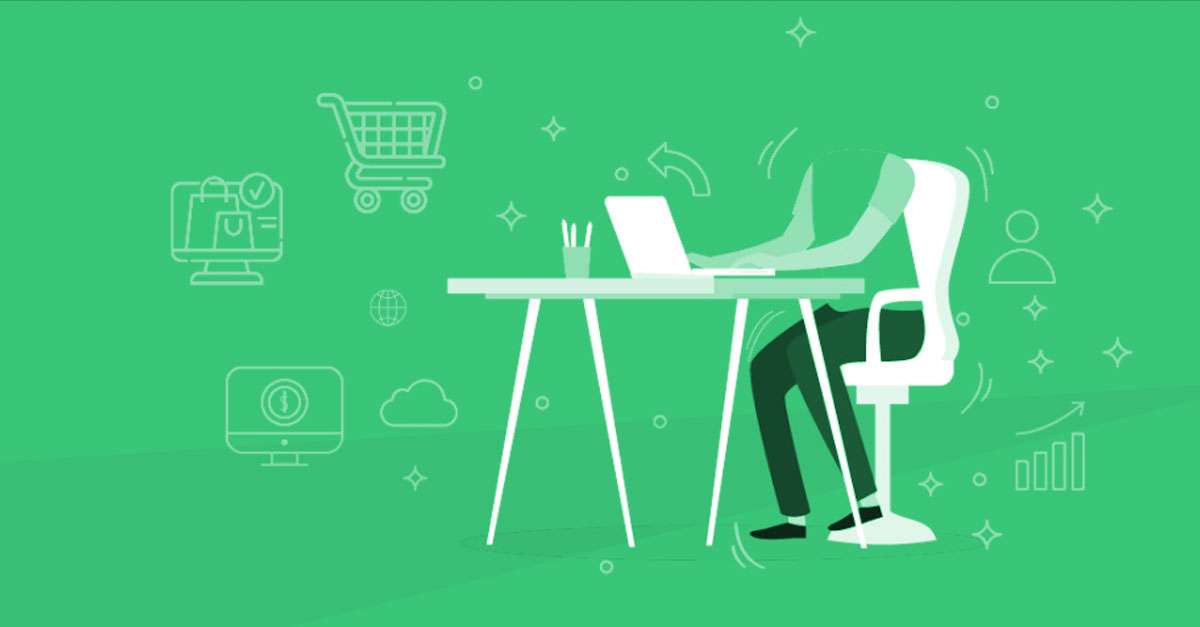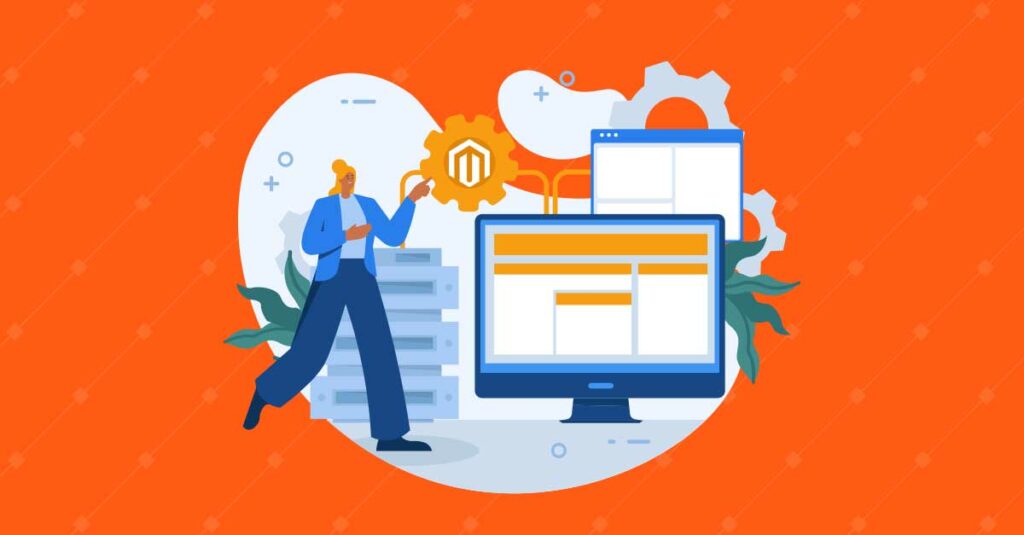From the facilitation of frictionless commerce to the delivery of responsive and customizable experiences, the scalable and cost-effective headless architecture promises to have a pivotal impact in the digital commerce age. These and similar benefits present a clear value proposition for organizations that are looking to take advantage of it, yet the journey is challenging and fraught with potential pitfalls.
It’s no surprise that today’s businesses are shifting their resources towards more agile approaches. Nearly every business is adopting API-first, cloud-led platforms in multiple use-cases. It’s in that context that more companies each year are realizing the benefits of headless solutions.
But, for a headless architecture to be successful, an organization must feel confident that it will produce the desired results in its business. There are several challenges that must be overcome before such an approach can be successfully embraced. This article will explore some of these challenges and what they might mean for your organization as you continue down this path.
1. Not Everyone Will Be on the Same Page
Oftentimes in a fast-moving business, there exist many versions of an initiative and/or specific product that is undergoing application validation or testing. The result would be incomplete information and variance in expectations.
Besides, the difference in opinions and outlooks of techies, marketers, and salespeople could be quite daunting. All these factors lead to a bumpy road that causes the development team’s productivity to take a hit, which certainly does not help the case for the project’s overall success.
Not to forget that the collaborative nature of projects is usually threatened by the absence of a single vision and organizational structure in place. The lack of a centralized authority often causes key stakeholders to hold on to obsolete information for quite some time.
2. Headless Commerce Will Entail Securing Different Layers
Headless platforms are often seen as safer than their traditional counterparts because the database is separate from the content and, thus, unauthorized access or denial of services (DoS) attempts are more difficult to get through. However, this does not mean that the platform will be automatically secure from potential hacks.
It’s noteworthy that the security at the presentation layer and for the Commerce APIs need to be configured, mostly separately. Cloud platforms can have varying degrees of integration and security facilities, with securing the latter (API endpoints) being their responsibility. This means that a business is still responsible for securing the presentation layer. This is a formidable challenge to overcome and could present a major stumbling block.
3. WYSIWYG Will Be a Distant Vision
The lack of a traditional WYSIWYG (what you see is what you get) editor might be difficult for some users to adapt to, especially for those who are not tech-savvy. Some would even argue that it’s nearly impossible to imagine effective content authorship without some kind of WYSIWYG. It has become a staple, and any CMS that wants to attract businesses should include it for their authors.
With a headless solution, real-time previews are often lacking, and although content structuring is very much possible, the absence of an inbuilt hierarchical taxonomy might make the process seem laborious.
4. Implementation and Subsequent Scaling Considerations Will Multiply
While scaling with your traditional model, you’re able to match up the management of assets with the market requirements, define the security control across touchpoints, keep a rational workflow intact, and maintain a level of personalization for the customers. Of course, the model doesn’t deliver to your expectations; however, it serves the basic purpose of letting you scale.
With a headless CMS, there’s no limit to scaling, meaning you can reap the benefits of matching the market needs at every moment in time. However, such an ideal expedition works only when you keep checking on the following things:
- How would you define access and remain compliant with your internal policies?
- How would you create a workflow that addresses the concerns, preferences, and vision of all organizational entities?
- How would you maintain the quality of content authoring as the business becomes manifold?
- How would you maintain structured categorization of content when your business is operating on multiple fronts?
- Considering all the above, how would you personalize experiences for your customers and enhance agent/employee productivity?
5. Employees Might Take Longer to Adapt
For those who are accustomed to the conventional approach, it might take them some time to acclimatize to the headless CMS. The content authoring paradigm changes from writing text to building the structure and adding images, videos, and other elements. This might also mean that employees will need to unlearn some things and re-train themselves as the structure of the content is different.
On the positive side, an employee who’d have functional knowledge of the platform can deliver better results in less time through proper asset reuse, which wouldn’t dilute the brand feel. But reaching this stage, too, would require time.
The Bumps and Wrinkles Holding Up a Frictionless Shopping Experience for your Customers
Summing Up
Your content/website speaks volumes about your brand, positioning you as a publisher of sorts. In the digital age, the mere availability of this content is no longer enough to attract online audiences to your website. People are more likely to click on your website when they can assess your credibility as a brand and decide accordingly.
Many businesses choose to go headless in the hopes of scaling and gaining agility with their architecture. From a business perspective, this is indeed an exciting proposition; however, it comes with its own set of challenges, like making sure you have security in place for all the layers of eCommerce.
Headless commerce requires comprehensive content management to ensure you are always on top of your game as well as a specific set of skills to get the end-to-end development right. Needless to say, you need to work with a partner that can provide end-to-end support through the content lifecycle and help you achieve your goals through effective implementation.








